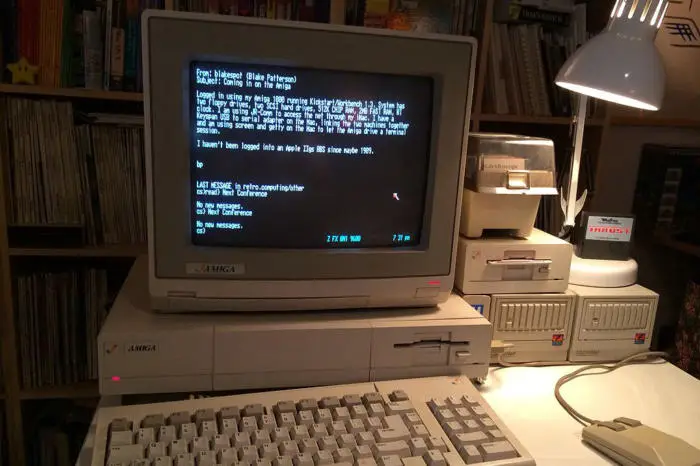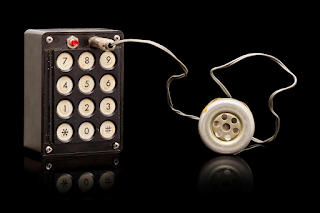Pre-web technology that has become obsolete and that lives to these days
The very first version of what would become known as email was invented in 1965 at MIT as part of the university’s Compatible Time-Sharing System. It allowed users to share files and messages on a central disk, logging in from remote terminals.
In 1971 Ray Tomlinson invented and developed electronic mail, as we know it today. He created an ARPANET’s networked email system.
The “@” symbol, which is probably Ray Tomlinson's most noticeable contribution to the internet. Indication of a destination for a message became as simple as addressing it: “username@name of computer”, which is how email has been addressed ever since.
In the late 90’s internet had exploded, growing from 55 million users in 1997 to astonishing 400 million by 1999. As the market potential of the internet became apparent, spam began to rise exponentially, creating the need for email filtering program.
By the new century, having an email “address” had gone from being a luxury to being a societal expectation as much as having a phone number.
Telnet
Telnet is a text-based network protocol that lets a client communicate with a remote computer, somewhere out there on the internet.
Telnet was the first application protocol demonstrated on the ARPANET in 1969.
Making computers to talk to each other over ARPANET was not easy. Primarily because these machines had very different designs and architectures from one another.
What was required is a single shared language. By the year of 1971, the first proposal for the Telnet protocol was made. However, it would take more than a decade for Telnet itself to become a working technology. In 1983, the first version of Telnet protocol was released.
Nowadays billions of people have access to a computer as well as an internet connection. Hackers are constantly trying to attack remote systems, which means that they are always seeking for new vulnerabilities. Because Telnet sends its commands in plain text and everyone is aware which network port it uses by default, it’s very easy to intercept or modify the data.
SSH solves this issue by using encryption on all the data it sends and receives. This is one of the main reasons it had mostly replaced Telnet. With that being said, these days there are also some ways of applying encryption to Telnet, even though it’s not an integrated part of the protocol.
References
- Telnet Overview, History and Standards. http://www.tcpipguide.com/free/t_TelnetOverviewHistoryandStandards-2.htm (04.02.2022)
- What is Telnet? https://24htech.asia/hdg-explains-what-is-telnet-s176331.html (04.02.2022)
- A brief history of email. https://phrasee.co/blog/a-brief-history-of-email/ (04.02.2022)
- Email. https://en.wikipedia.org/wiki/Email (04.02.2022)




Comments
Post a Comment